Our first evening event of the 2022 season saw members of MUWAGA and guests enjoying a lively and informative talk on “Wildflowers of the Cotswolds” from naturalist and former County Ecologist for Oxfordshire, Craig Blackwell.
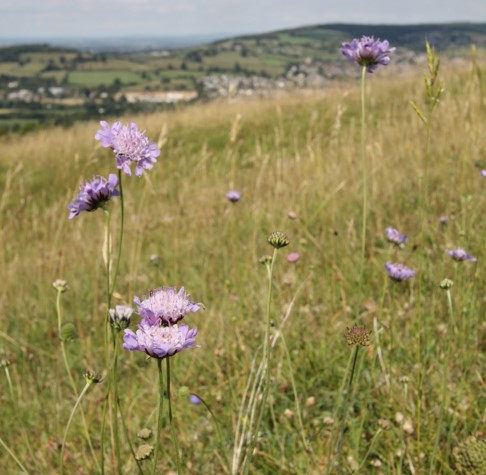
Craig introduced the talk with an outline of the geology and geography of the Cotswolds, reminding us that underlying geology has a very strong influence on any landscape. The soils and vegetation noticeably change as the underlying geology changes from one type of rock to another, influencing growth of different species of plants and trees.
For us in the Cotswolds, we are part of an outcrop of Jurassic rocks (210-140 million years ago) which runs northeast from the Dorset coast to Yorkshire. There are sections of these which dip gently eastwards towards the Thames Valley and London and comprise some of the most complete sections of Oolite rocks to be found anywhere in the country. Oolitic limestone is a type of limestone made up of small round grains. These formed in shallow, warm waters similar those found today around Florida and parts of the Caribbean Sea, where calcium carbonate is deposited from sea creatures as well as sea water due to evaporation.
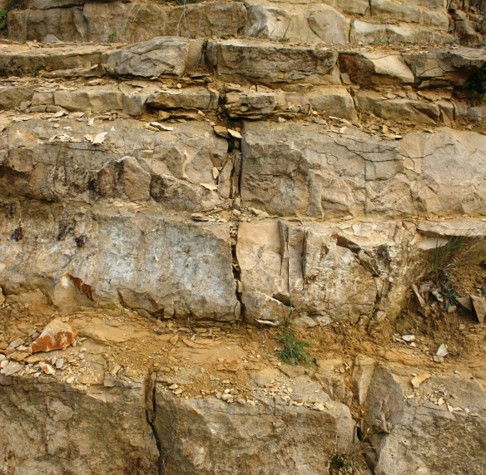
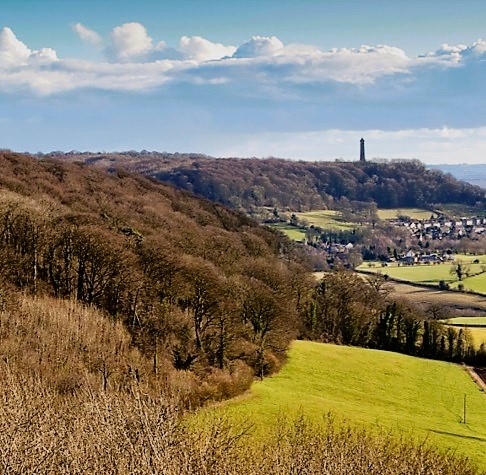
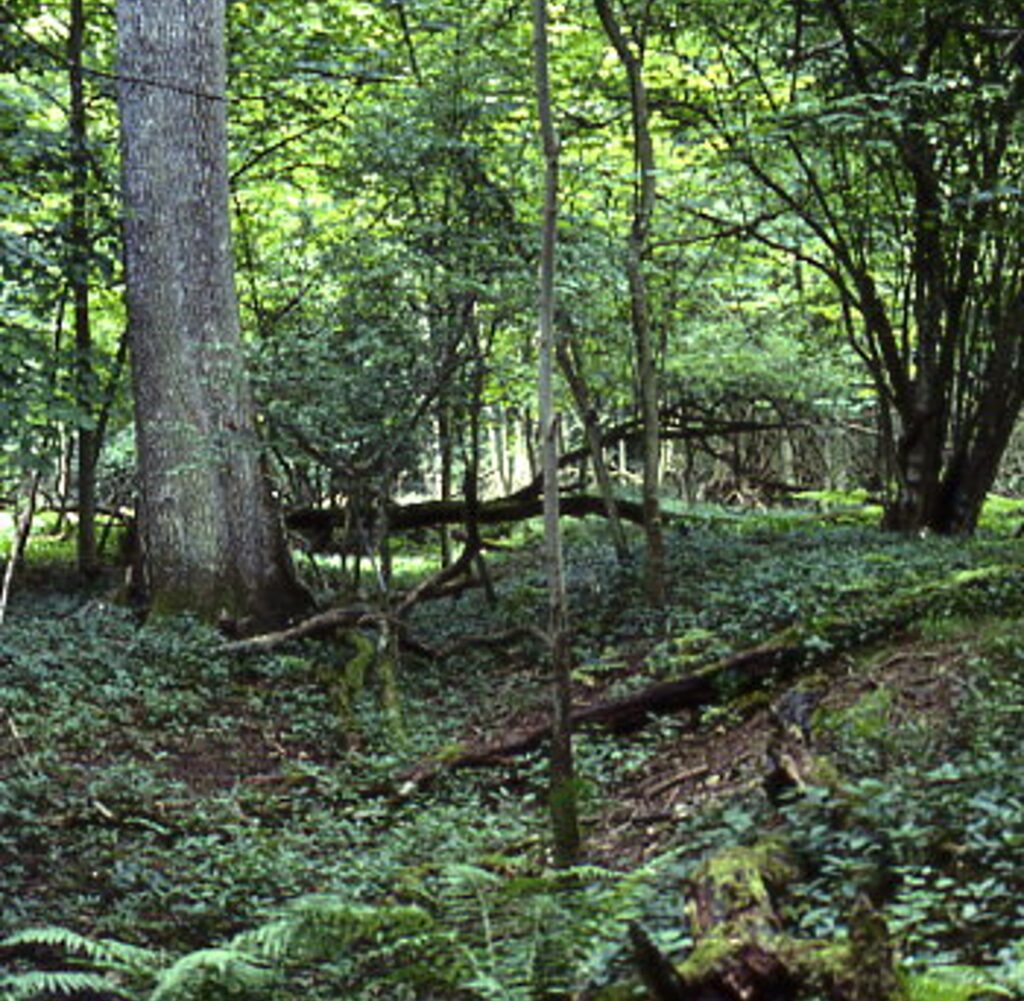
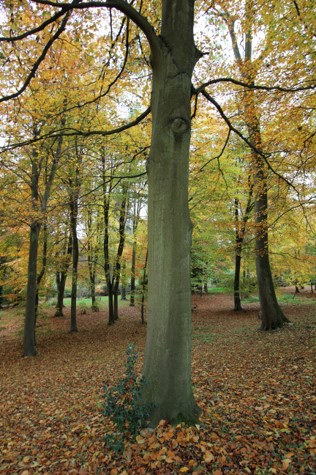
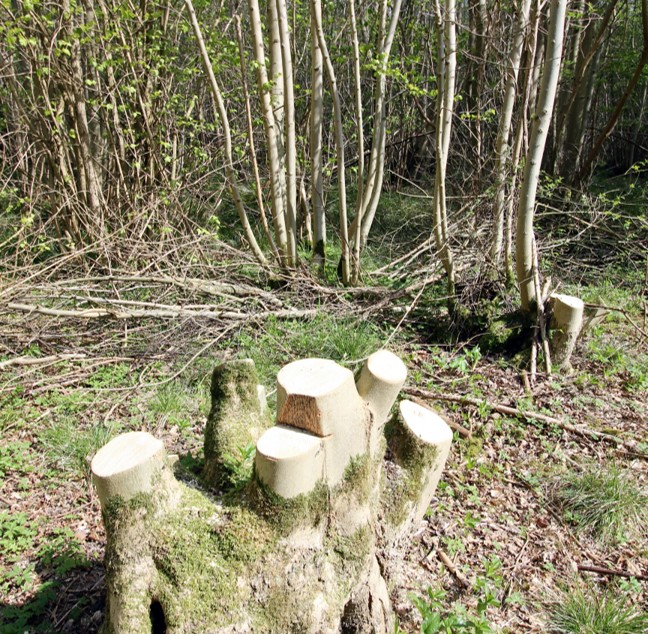
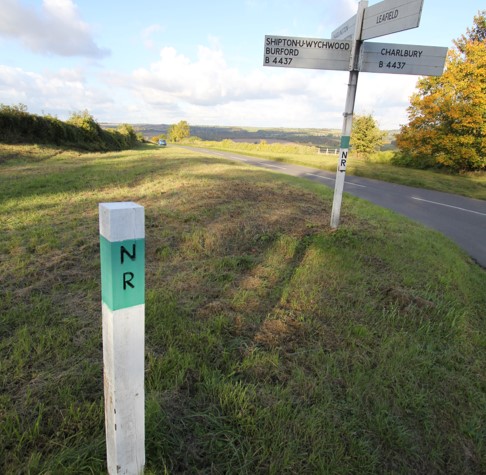
Craig used this introduction to then look at examples of environment types developed in this landscape. These included ancient woodland, coppiced woodlands, beech woodlands, limestone grassland, redundant quarries, and even roadside verges.
The introduction set the scene for a presentation of the wide range of wildflowers which thrive in each, and a lively Q&A session.
We were invited to identify each plant in a series of slides relating to each landscape type. This led to an enthusiastic participation from many knowledgeable members. Most examples were correctly identified, sometimes with a little gentle prompting, but everyone was able to learn something new.
We were reminded of the importance of each habitat and its plants in terms of biodiversity and the importance of several sites of scientific interest.
Example Wildflowers
Among the examples of plants to be found in ancient woodlands is the Yellow Star of Bethlehem. This one was not easily identified by the MUWAGA group, but we learned it is quite rare. Lucky walkers might spot it on the banks of the Evenlode in Stonesfield
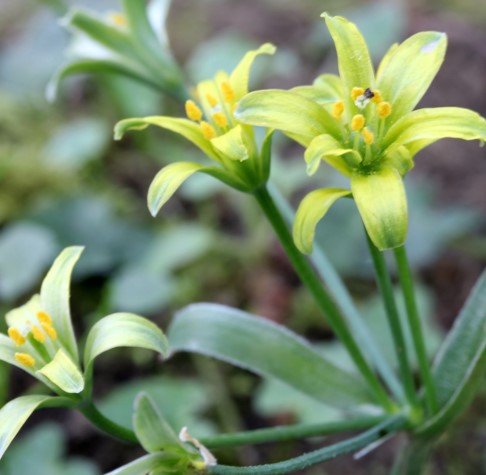
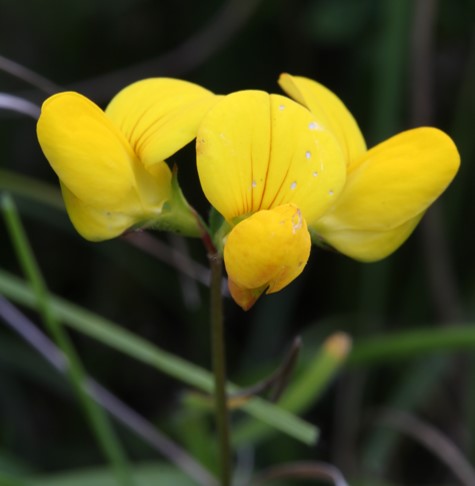
An example among many of flowers commonly found on limestone grassland is Birds Foot Trefoil one of the family of legumes which thrive on this thin soil because they produce their own nitrogen. These plants are of the Vetch family and are important for butterflies such as the Chalk Hill Blue.
We learned about the value of old quarry sites such as the one at Crickley Hill in the West of the Cotswolds. Sites such as these are vital to insect life, and include such varieties as Wild Carrot, Musk Thistle, Sainfoin and Wild Mignonette amongst many others which were included in the presentation.
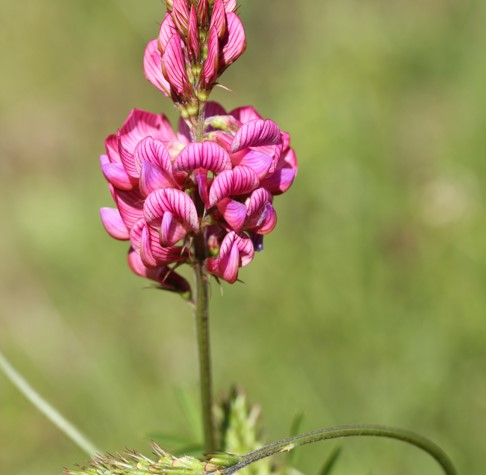
Among many other species were examples of Orchids, in particular the rare Wasp and Soldier Orchids.
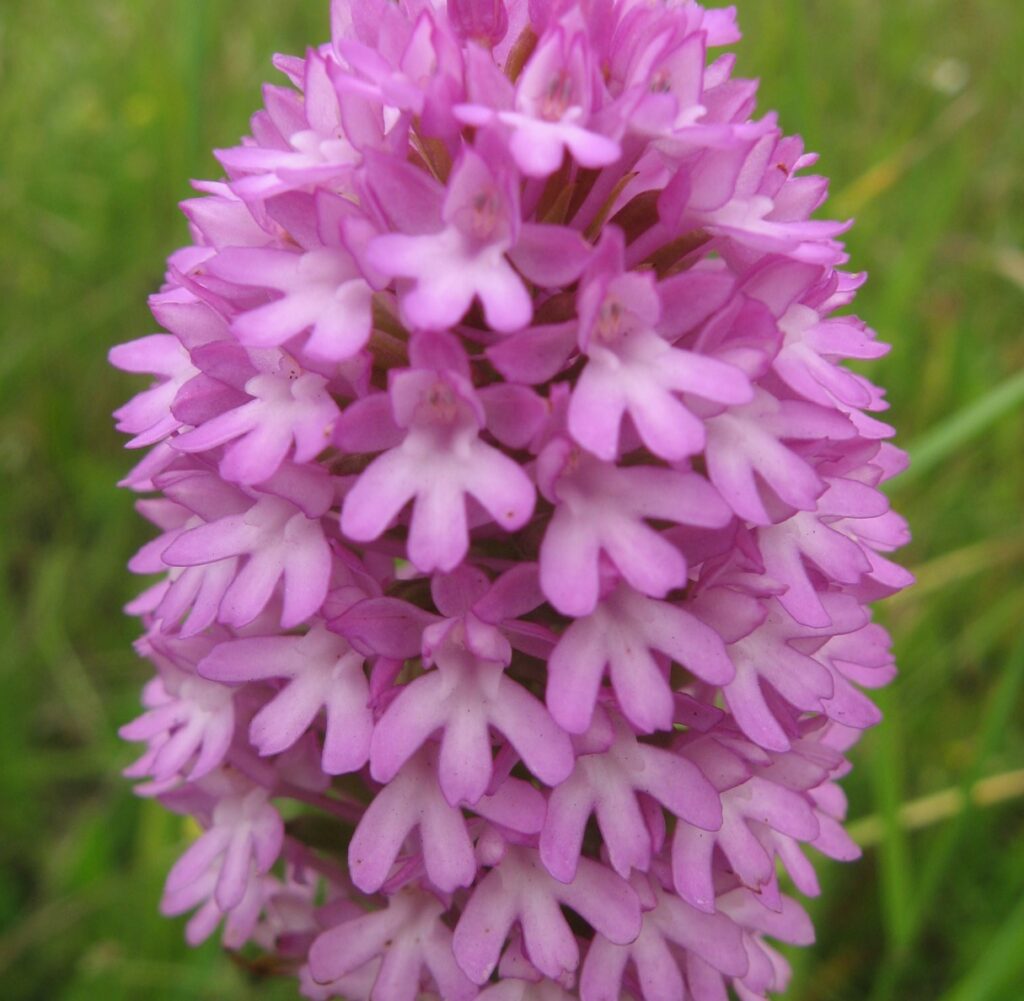
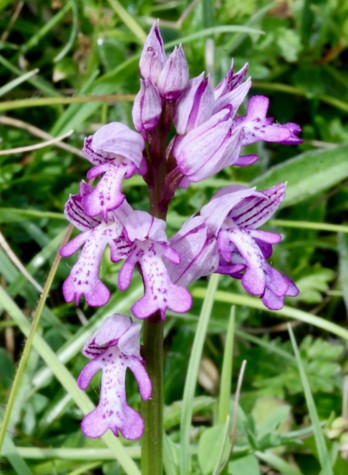
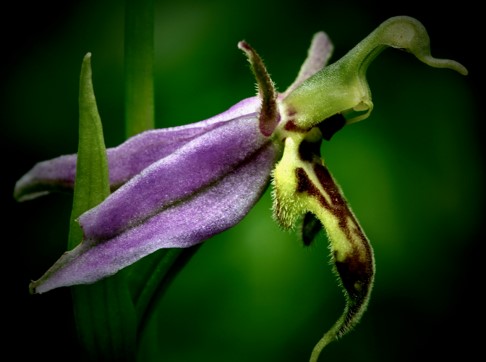
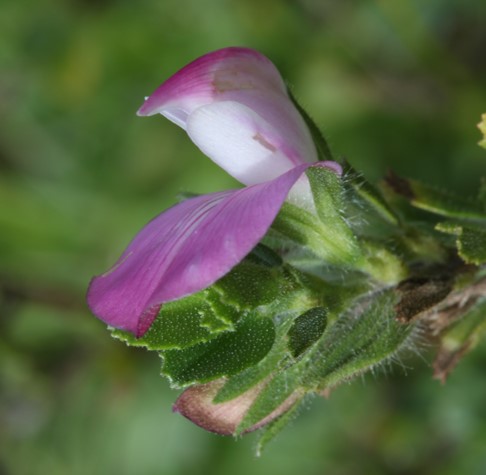
Craig talked about his work designating nature reserves in our area on road verges. He made us aware of the importance of these and the unusual species that thrive on them. This included Meadow Cranesbill (a native geranium), Crosswort, Rest Harrow, Knapweed Broomrape and White Briony.
These are just a sample of some of the wildflowers whch made up Craig’s presentation – the sheer numbers kept us busy with our attempts to name each of them. A delightful evening.
About Craig Blackwell
Craig Blackwell was County Ecologist with Oxfordshire County Council between 1990 and 2009 involved in many projects to improve biodiversity and access These included the Lower Windrush Valley Project and the Saltway Local Nature Reserve, as well as a network of road verge nature reserves.
Craig was also closely involved with the Wychwood Project which was launched at the Dean Pit Nature Reserve which he established.
He remains involved with various local biodiversity projects, and recently developed a scheme at Chipping Norton Health Centre to create a herbaceous border attracting bumblebees and other invertebrates throughout the summer. A number of other Surgeries and Health Centres throughout the County have followed this model.
